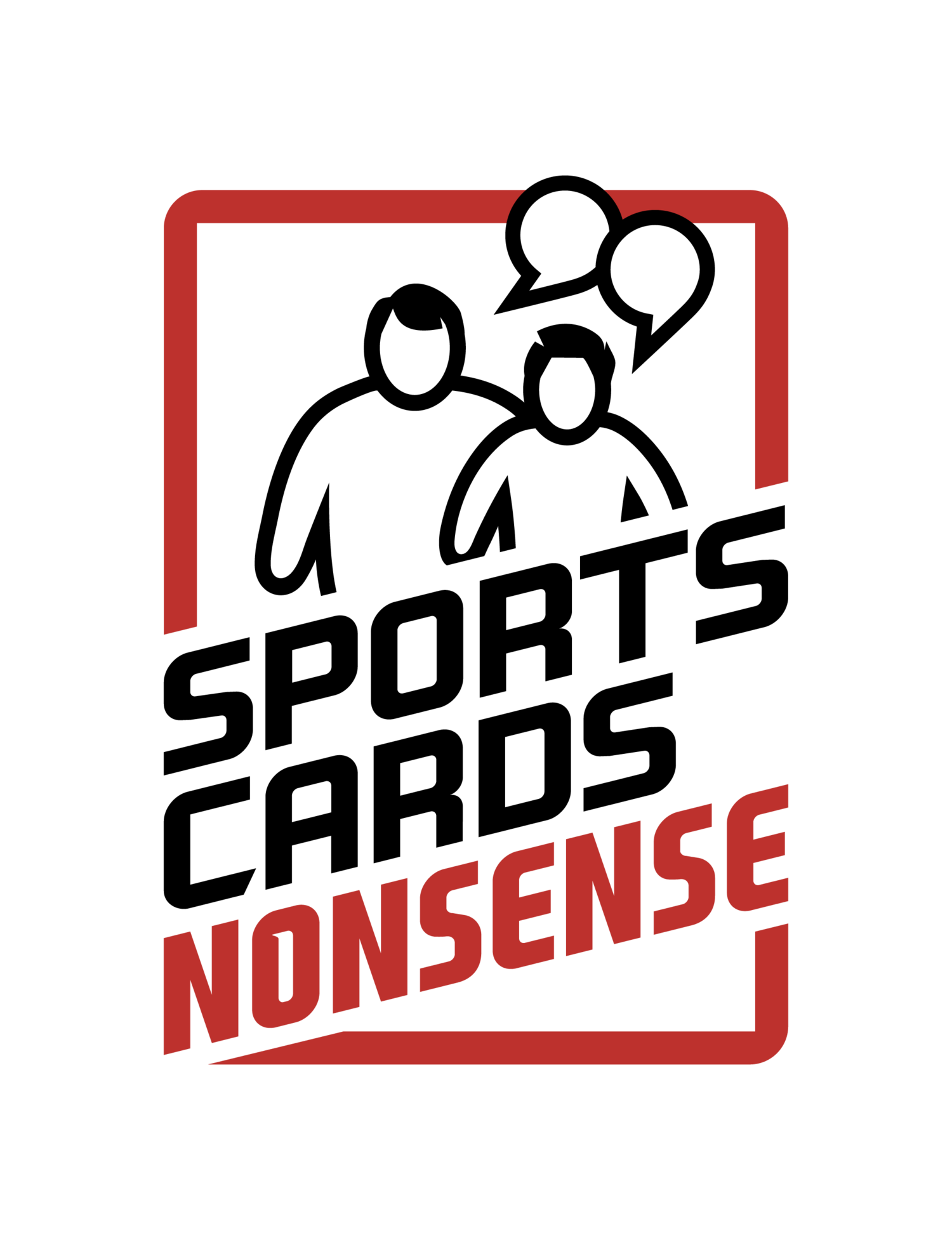SGC vs PSA Part 2: Ultramodern Football
This week in our investigation of graded card prices we turn to Ultra-Modern Football. Based on anecdotal evidence, it is reasonable to suspect that SGC graded football cards will perform somewhere between SGC graded baseball and basketball cards as baseball collectors seem to be the most accepting of SGC where basketball collectors are SGC’s most vehement critics.
This week also marks a slight shift in methods. Cardladder.com simply did not have enough data on SGC and BGS graded football cards to duplicate the work of the last couple of weeks. Sales data is available elsewhere though (130point.com and Ebay itself). The disadvantage with that data is that it is more limited in timeframe. I used data from Ebay and 130point.com to create an index of cards for each grading company. The cards used were: 2018 Josh Allen Optic 154, 2018 Lamar Jackson Optic 167, 2019 Daniel Jones Prizm 302, 2019 Kyler Murray Prizm 301, 2020 Joe Burrow Prizm 307, and 2020 Justin Herbert Prizm 325. As the data has a shorter time frame and as there are plenty of sales, sales prices were checked at the start of each month or as close to it as possible. Each card has an entry for August, September, October, and November (Nov. data taken Oct. 29). All cards for each company in a given month are then added to create an index for each grading company. The advantage of the data available is that it makes it possible to compare PSA, SGC, and BGS all at the gem level.
Figure 1: Indices of Ultra-Modern Football Graded Card Prices over Time
Figure 1 shows the results fairly conclusively. PSA enjoys a bigger advantage in football than they do in either baseball (predicted) or basketball (big surprise). SGC graded baseball cards showed a growth from selling at 65% of PSA value to almost 80%. SGC graded basketball cards were shown to be hovering closer to 60% of PSA value with movement indicating the hap could narrow. Here the value of SGC 10s compared to PSA 10s is in the 50 to 60% range. The biggest sign for optimism is that both SGC and BGS gained in September where PSA went down. Sadly, this trend looks to be a one off so far.
Even with the lower sales figures, there are still plenty of times it makes sense to use SGC given grading costs and times. At 50%, one would need to hope for a $250.00 increase in value to absorb the higher grading costs of PSA. The going rate for SGC and BGS cards in relation to PSA cards is an important figure to have a handle on. If the figure jumps to the 60% it was in September, collectors need to then bank on an approximate $310.00 increase in price or higher for the higher-priced PSA to make sense.
The news for BGS is much better than last weeks. There is little discernible difference between the BGS 9.5 pricing and the SGC 10 pricing even though SGC was slightly higher in 3 of the 4 time periods. This is a marked difference from Ultra-Modern Basketball where BGS 9.5s were pricing closer to SGC 9.5s and PSA 9s. This raises some questions. Are the football and basketball markets fundamentally different enough to account for the difference in the treatment of BGS? Which trend is more likely to hold? It is possible that the decline in BGS 9.5s seen in basketball just haven’t gotten to the football market yet. Figuring out if BGS values are more in line with the basketball market or if they behave like the football market here will be something to keep an eye on moving forward. Given the higher grading costs and wait times, it is hard to see many reasons to use BGS beyond personal preference or in a hunt to obtain a rare black label.


